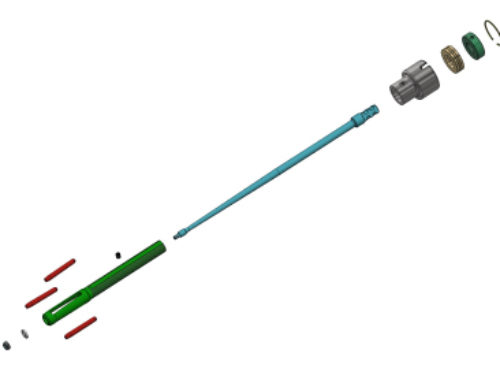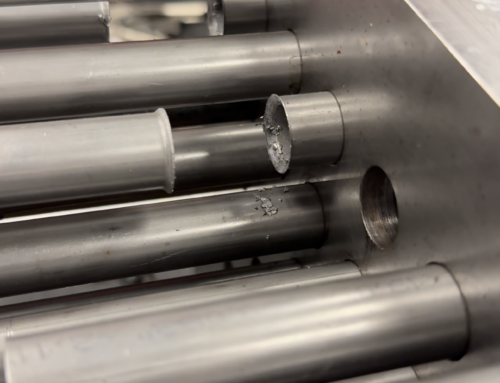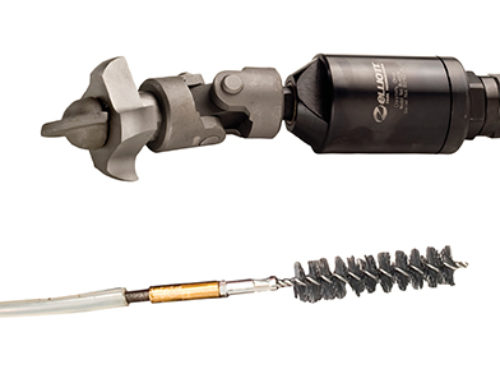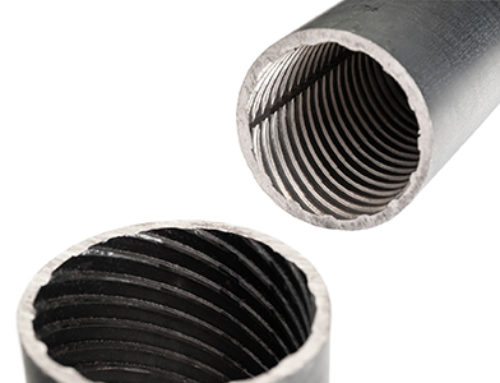Common Tube Removal Problems Solved
Retubing a vessel can be extremely difficult depending on the type of application, how long the tube has been in service, and how good the initial expansion was. From support sheet bending to broken tubes, many issues can arise during the removal process. As a result, it is important to be aware of these challenges and some methods you can use to overcome them.
Internal Support Sheet Bending
The sequence of tube pulling should minimize the possibility of internal support sheet bending. This is especially important in retubing centrifugal chillers (evaporators) since the tubes are expanded into the support sheets. This internal expansion will cause added support sheet drag during tube removal.
The internal tube support sheets are usually tack welded on their perimeter to the exchanger shell. The exchanger’s tubes hold and position these supports during the pulling process. It is highly recommended that the center quadrant of the tube be removed first, working always from bottom to top to minimize fin lock. Consecutively alternate quadrants right and left of centerline until all of the tubes have been removed.
This utilizes the adjacent quadrants of tubes to hold the support sheet fixed in position until the well-supported perimeter row of tubes is reached.
Freeze Bulged Tubes
Freeze bulged tubes represent one of the worst-case situations experienced in a retubing application. Freeze bulges usually occur in the area of the tube immediately adjacent to the support sheets. This area of the tube is annealed for support sheet expansion and is weaker than the finned portion, which is not annealed.
The water inside the exchange tube can freeze and expand the OD of the tube, locking the tube into the support sheet. Normally this condition would necessitate cutting “windows” in the exchanger shell and cutting the tubes out between the supports. However, these tubes can occasionally be pulled successfully. A tube when stretched past the yield point will break at the weakest area of its exterior – which would be the frozen bulge. The bulged area has already weakened the tube wall by expanding the tube past its yield point. Stake the tube in one sheet using a tube-pulling spear so that the tube is forced to stretch. Pull the tube from the other end using a hydraulic tube-pulling device. The tube will stretch until it snaps. Since the tube is staked at one end, support sheet bending will be kept to a minimum. Pull the broken tube length out using a continuous hydraulic tube-pulling device, and then pull the remaining portion of the tube. This method is not 100% successful but it offers a viable alternative to cutting into the exchanger shell.
Corrosion Damage
Absorption units utilize Lithium Bromide as a medium in the heat exchanging process. This liquid, when combined with air, is very corrosive to metal surfaces, which includes tube sheet and support sheet holes. Once the tubes are extracted, corrosion will start in both the support sheets and end plates. If gone unchecked, the rusting will effectively reduce the ID of the holes, making tube reinsertion difficult – if not impossible. Rinse Lithium Bromide deposits from end plates holes with water and dry each thoroughly at the finish of each day’s work. This will minimize seal surface corrosion damage.
Pulling Broken Tubes
Broken tube pulling can be accomplished with a collet style puller if the broken end is within 5-6″ of the tube sheet face. Remove the nosepiece from the thrust cap and reduce the collet “biting” pressure with the collet pressure control valve. A sample tube from the exchanger is used to determine the maximum acceptable pressure before tube OD exceeds the sheet hole ID. Starting at 100 psi, insert the collet in the tube sample and press the ram pull button and reset button consecutively, allowing ample time (2 seconds) for the collet to reach full set pressure before resetting. Remove the tube sample from the collet and attempt to reinsert it in the tube sheet hole. Increase the collet pressure until a mild interference is met between the tube OD and sheet hole. Important: A new sharp collet must be used from this process. Care must be taken to center the collet in the tube sheet hole so that the inner sheet hole corner does not restrict the tube end travel.
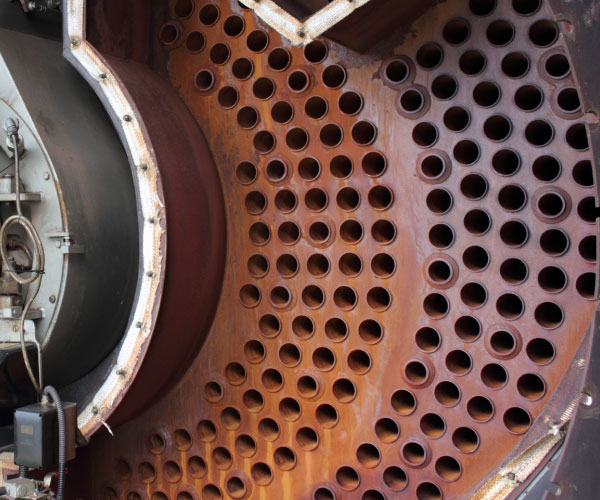
Tube Binding
Tube binding is resistance to manual tube extraction caused by deposits on the tube OD, tube warpage or tube exterior locking on adjoining tubes. Tube binding may be sporadic or in whole banks of tubes. Using a continuous tube puller is the most effective way of removing these tubes. While a continuous puller normally references off the tube sheet face when pulling tubes, it can be used in conjunction with a collet puller nosepiece in situations involving tube projection restrictions.
If a quadrant of tubes has been pulled 6″ before tube binding is evident, an additional 6″ pull can be accomplished by re-inserting the collet into the projecting tube end and pulling again. Finned tube applications require a change in collet size to one that will fit in the reduced ID under the finning. Slide the tube puller nosepiece (alone) over the 12″ projecting tube end and use the nosepiece shank as a reference for the puller to pull against.
Despite the many challenges that can occur when removing tubes from a vessel, there are several ways to help make this process easier. For more information about tube removal and overcoming challenges, please contact our sales team.

